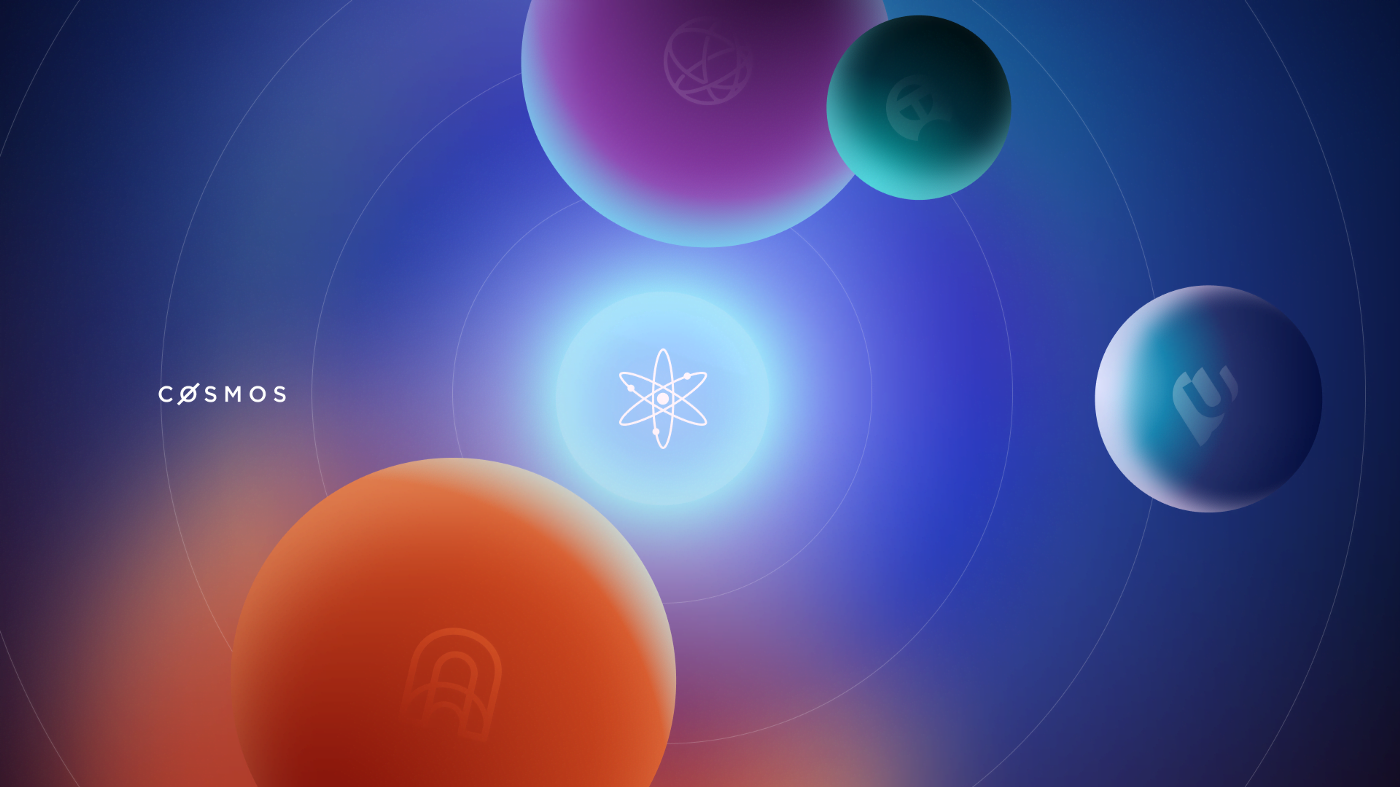
Cosmos is home to some of the most innovative projects in the cryptocurrency space. From DeFi to social impact, privacy protocols to NFTs, our ecosystem secures more than $120 billion of digital assets. Beyond the names you may already know, like Secret Network, Terra, Cosmos Hub, or Osmosis, there’s a whole lot more to come in H1, 2022. Many up-and-coming projects are running testnets and incentivized testnets that will precede their debuts to mainnet this year.
In this article, we’ll take a brief look at the role of testnets, highlight some of the most successful incentivized testnets in Cosmos history, and share the hottest new projects to look out for over the coming months.
Why Do Blockchain Projects Use Testnets?
Testnets are nothing new. In the world of internet development, testnets are used as a standard before pushing any software to production. As a test network (“test-net”), features can be tried out in a simulated environment that is as close to production as possible. The testnet gives developers a chance to uncover any bugs or user experience (UX) issues and stress test the software before it’s rolled out for public use.
The same applies to blockchains, where testnets are arguably even more valuable since they allow environments to be tested out without risking the loss of any real coins or tokens. Testnets act as a replication of a production environment without value to avoid any users’ funds being lost due to a bug in the code, unclear UX, or malicious behavior from a bad actor. Testnets allow developers to place their environments under as much stress as possible, ensuring optimal stability and security before going live to mainnet.
While testnets offer the opportunity to test the blockchain infrastructure acting as quality assurance, they have also become an important part of educating and growing a network’s community. Running a successful testnet or incentivized testnet program can be a reflection of the project, therefore having clear documentation, a block explorer or dashboard, a functioning faucet for token distribution, tutorials, registration, and possibly a test wallet are all key attributes of enticing a community of developers to test out the network. A strong well-run testnet program is a signal to developers that a project is worth investing their time and potentially funds, as setting up testnet systems can require costs.
Co-founder of Tendermint and Cosmos, Ethan Buchman, speaks about the 10+ Cosmos testnets run prior to the Cosmos Hub launch, at the time known as Gaia testnets, in this informative podcast. While commonplace now, at the time of speaking, Ethan discussed the exciting idea of an incentivized testnet and decentralized genesis. Over the years, Cosmos testnets have proven to be extensively successful in many areas, such as uncovering issues with the consensus engine, state machine, and even the operational setup of validators.
Incentivized Testnets
Incentivized testnets, as the name suggests, incentivize participants to uncover bugs, find UX improvements, test the incentive response nature of the network, and even try to break the testnet through coordinated attacks. Cosmos has a long history of incentivized testnets dating back to the hugely successful Game of Stakes in 2018 which was the first incentivized testnet for a distributed community–and precluded the launch of the Cosmos Hub in 2019.
Game of Stakes encouraged participants to uncover any issues with Tendermint software, infrastructure, and validators. Notably, during the testnet period, the chain halted four times, allowing for many issues to be addressed and fixed (including significant Tendermint Core and Cosmos SDK bugs), and the Cosmos Hub validator community was solidified into a group of proven operators able to dynamically adapt to network conditions.
Game of Zones in 2020 was another successful series of adversarial testnet challenges designed to prepare the Cosmos ecosystem for the launch of IBC. Taking part in three phases, each leg of the competition focused on testing a different area from stress testing the security model of IBC to challenging its throughput. Participants were rewarded from a prize pool of 100,000 ATOM for various different tasks such as pulling off deception attacks or using IBC-generated tokens in creative ways.
The Gravity DEX incentivized testnet competition in 2021 also stands out as an example of incentivized participation at its best, with more than 21,000 people registering to take part. The Gravity DEX team was able to gather key insights into the stability of the system and its ability to create market efficiency, as well as fix bugs before successfully launching the Gravity DEX protocol a few weeks later.
With the importance of testnets and incentivized testnets underscored time and again as an indicator of a legitimate blockchain project, more and more Cosmos chains are busily preparing their upcoming releases. Let’s take a look at some exciting testnets coming to Cosmos in H1.
Archway
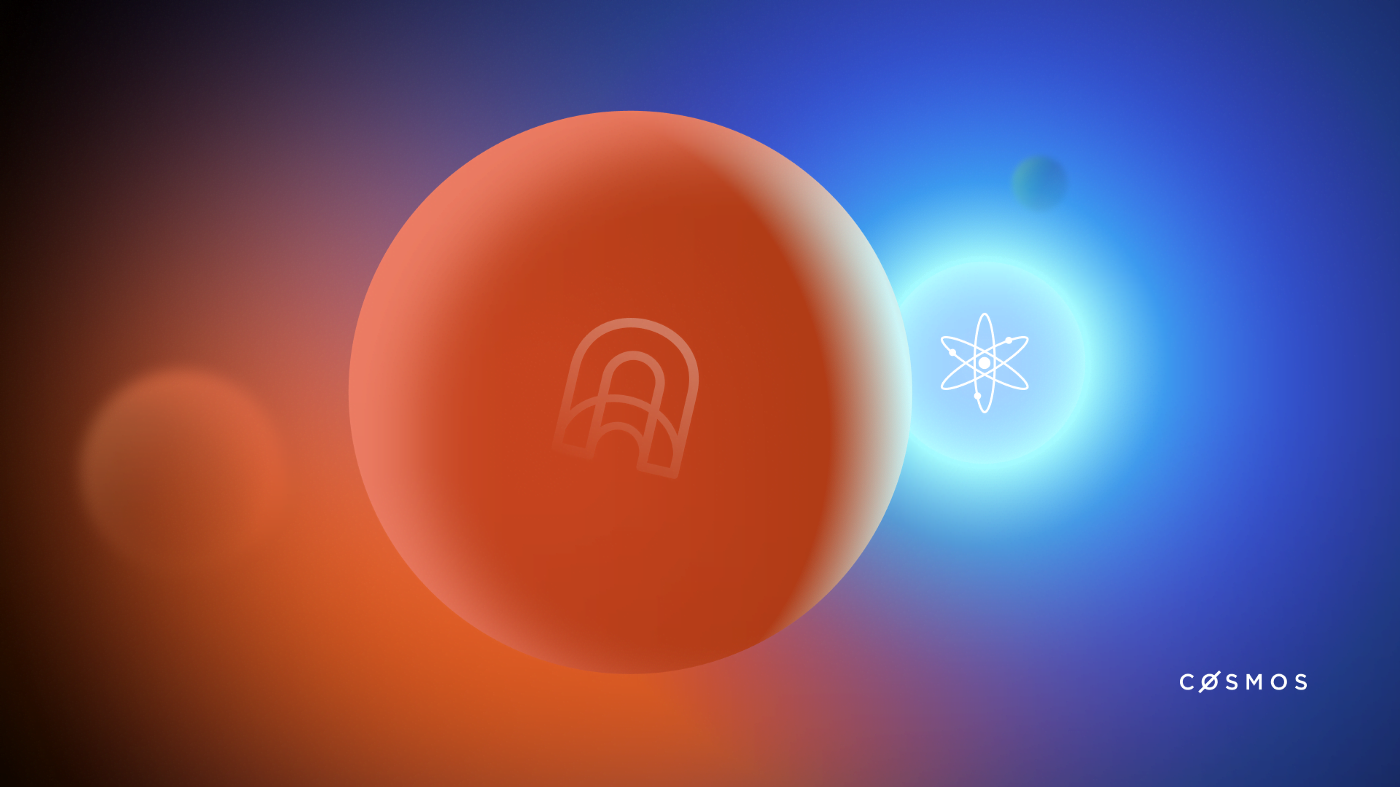
Archway is an incentivized smart contract platform for Cosmos providing full CosmWasm integration. Unlike other smart contract platforms, developer rewards are baked directly into the protocol itself. As decentralized applications (dApps) generate usage on the network, they receive a proportional share of network-level rewards, similar to how validators are rewarded in a typical Proof-of-Stake chain. Archway’s mission is to create a more equitable blockchain ecosystem that not only rewards network operators and early contributors but the developers who build on and drive value to the underlying network.
In the run-up to mainnet, Archway will be launching its first incentivized testnet in March 2022, called Augusta. The program will take place in stages, designed to test various dimensions of the network and grow the overall ecosystem of validators, developers, and community members. Participants will compete in a series of guided tasks and challenges with the opportunity to earn tokens as rewards. Be sure to follow Archway and join the mailing list for more details coming soon.
Celestia
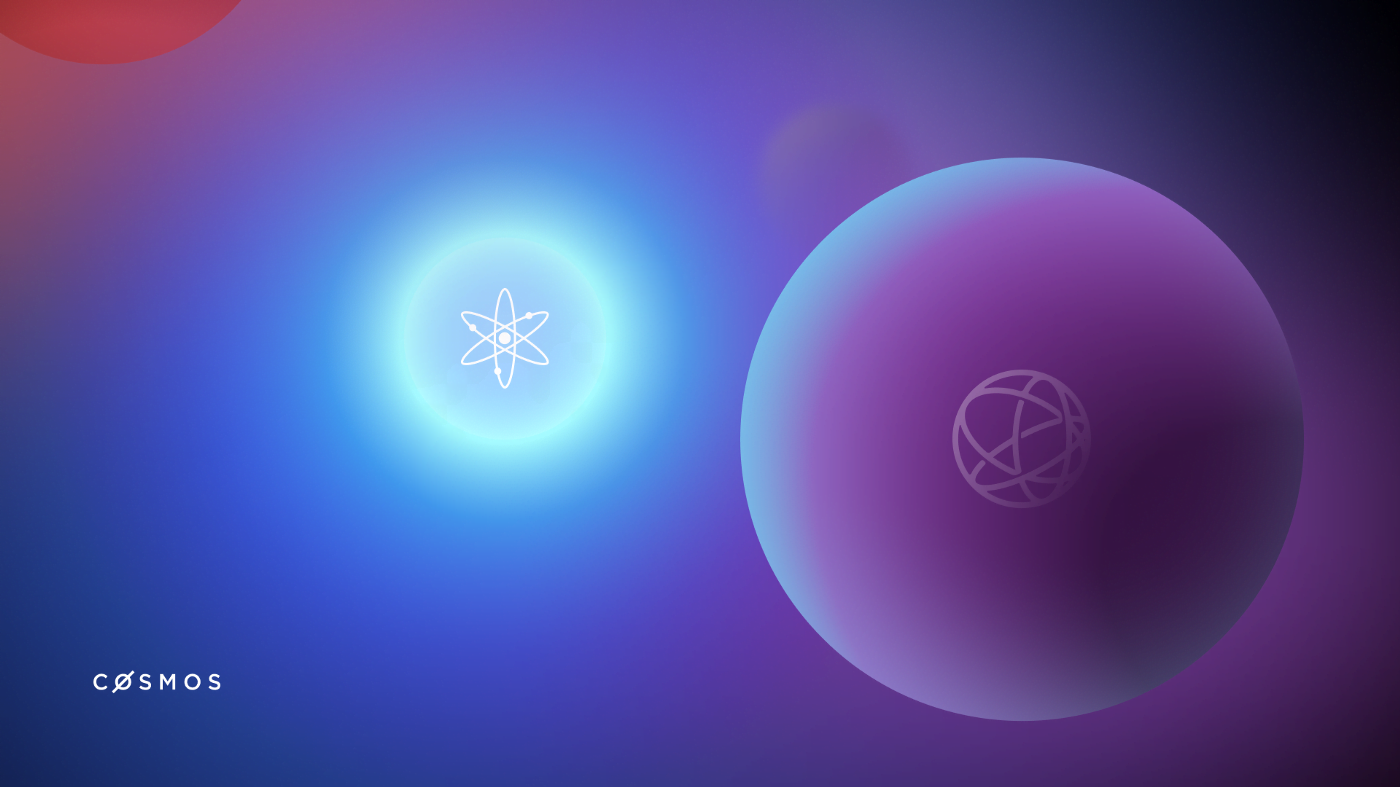
Celestia is the first modular blockchain network. By decoupling consensus and application execution into separate chain layers, Celestia modularizes the blockchain technology stack and unlocks new possibilities for decentralized application (dApp) builders. Developers will be able to effortlessly define and deploy their virtual execution environments; similar to virtual machines, without needing to bootstrap their own consensus network. The applications built on Celestia will inherit and share the security of the Celestia consensus while preserving a high level of sovereignty. They simultaneously will be scalable, sovereign and secure.
The Celestia team is currently running a preliminary testnet called devnet; it started as a small private testnet and evolved into a public testnet with lots of community participation. The first public testnet will launch in Q2 2022. The testnet aims to grow and stabilize the validator community. It will also allow for first experiments of building dApps and rollups on top of Celestia. The testnet will last for a few months and will lay the groundwork for the Celestia incentivized testnet in Q3 2022. This network will include tasks and challenges by which developers and node operators will be able to gain rewards. The incentivized testnet will have near feature parity with mainnet which is planned for late Q4 2022.
For updates follow Celestia and sign up on the Celestia website either as a developer or node operator here.
Tgrade
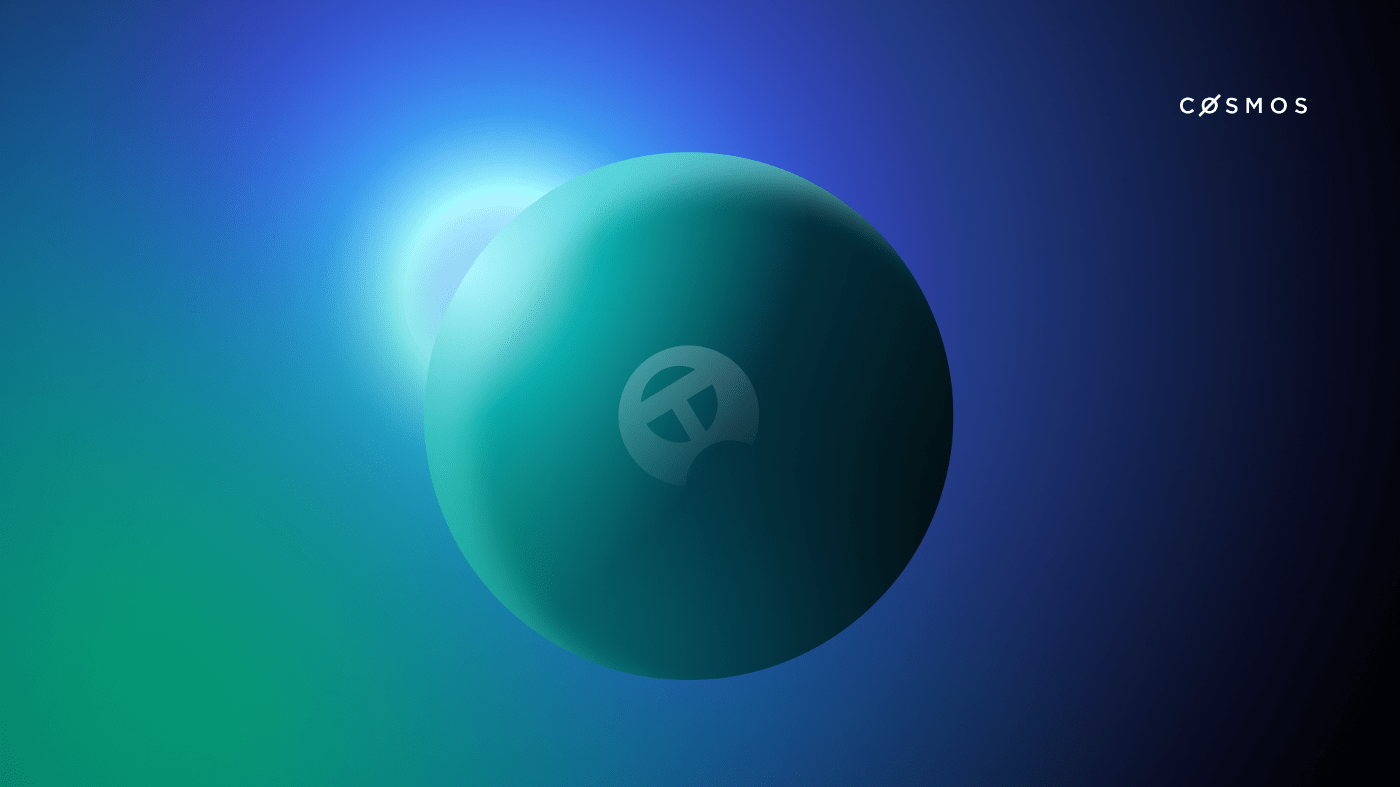
Tgrade is the first regulated DeFi platform brought to you by Confio, the team behind CosmWasm. This innovative project combines the Proof-of-Stake (PoS) and Proof-of-Engagement (PoE) consensus mechanisms to address what Tgrade calls the “shortcomings” of Proof of Stake (PoS), particularly during the bootstrap phase of a project. PoE is designed to incentivize the wider community to collaborate, opening up greater opportunities than standard PoS blockchains that only reward validators and delegators.
Currently, Tgrade is running its first in a lineup of public testnets leading to the anticipated Game of Engagement which will run after mainnet launch. Tgrade is doing things a little differently by choosing to run testnets without incentivization, using the mainnet launch for this opportunity, instead. Game of Engagement will be open to many different participants and doesn’t require any deep technical knowledge to take part. Sign up for updates here and join the Tgrade community on Telegram, Twitter and Discord.
Umee
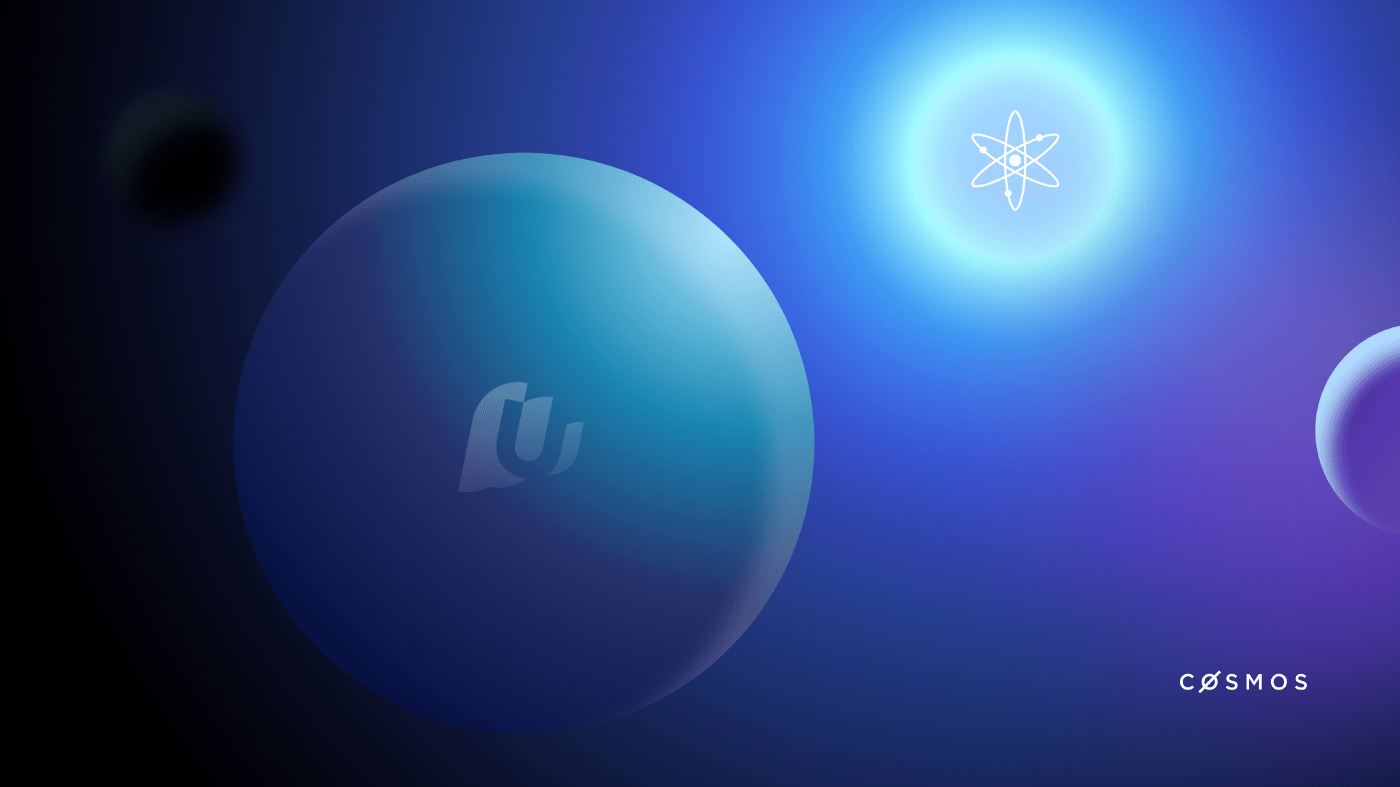
Umee will be running an incentivized testnet on its recently announced web app called Umeeverse Party. The testnet is open to any web app users who like to test out their cross-chain lending and borrowing functionality. It doesn’t require any technical skills, and it is designed to be as user-friendly as possible. Umeeverse Party will be a competition on total value locked (TVL) contribution and the team will take snapshots at random times and rank TVL contributions from both lending and borrowing. Umeeverse Party is the perfect way to train new users and encourage them to do cross-chain lending and borrowing at the same time. Follow Umee on Twitter for updates.
Final Thoughts
These are just a handful of the latest testnets and incentivized testnets coming to Cosmos in H1, 2022. Keep your eyes open for more updates from teams like Comdex, Asset Mantle, and Gitopia. And if you are running a testnet or incentivized testnet between now and June, be sure to let us know and we’ll add you to the list!
原文:Testnets Coming to Cosmos in H1 2022 | by Christina Cosmos | Feb, 2022 | Cosmos Blog


